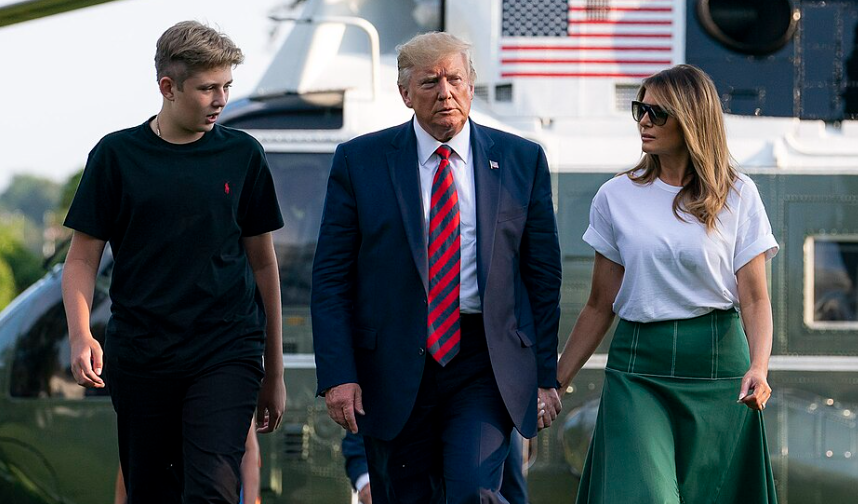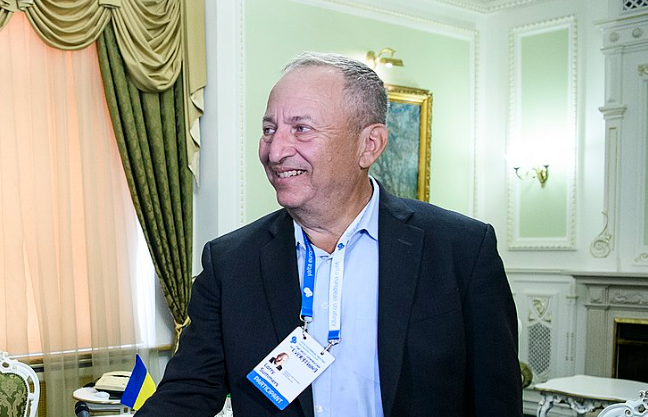Cancer Curtailed Royal Family’s Public Engagements and Soft Power
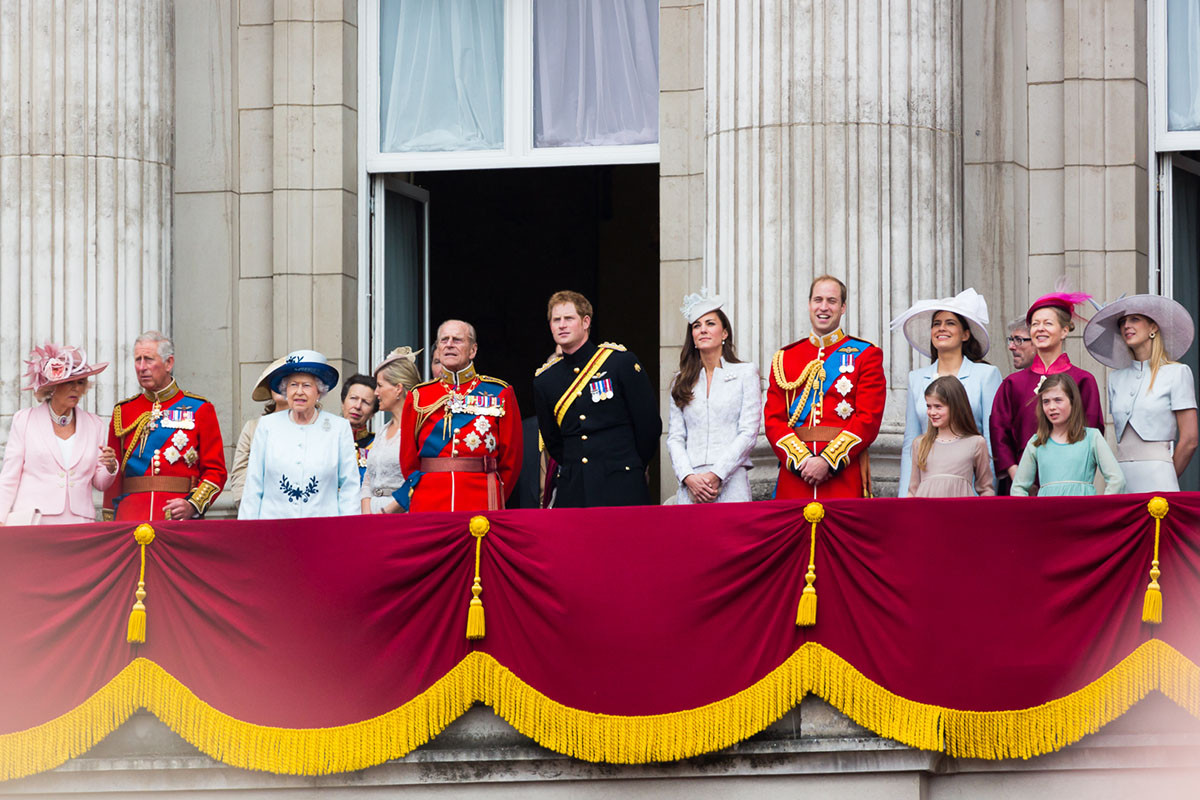
©️ Michael Garnett
Cancer curtailed Royal Family duties over the past year, as King Charles III and Princess Catherine stepped back from public appearances for treatment. Official palace reports show a steep decline in royal engagements during 2024–2025.
Although public outreach continued, the monarchy’s visibility and diplomatic soft power noticeably diminished during a challenging period for Britain’s most senior royals.
How Cancer Curtailed Royal Family Engagements in 2024–2025
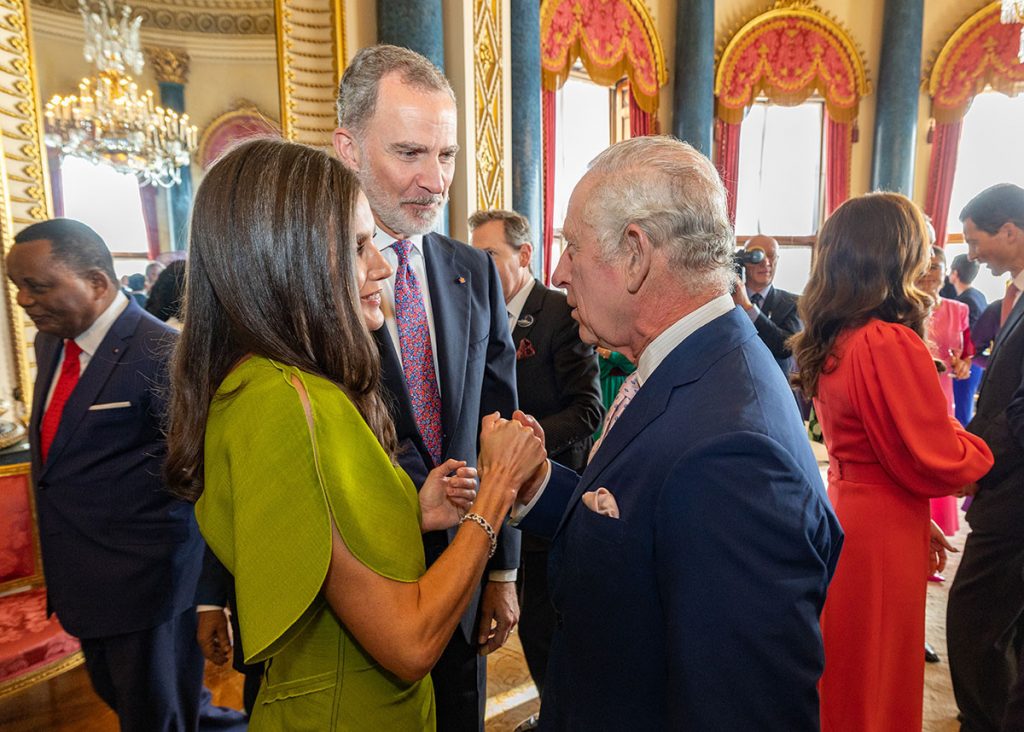
The British monarchy carried out 1,900 official engagements in the year ending March 2025. That’s a sharp drop from 2,300 events the year before—and far below the 3,200 engagements Queen Elizabeth II managed annually before the pandemic. The reduced presence reflects the impact of cancer diagnoses for King Charles and Princess Catherine, both of whom paused royal duties.
King Charles publicly revealed his cancer diagnosis in February 2024. He resumed limited public duties in May, attending high-profile events such as the Commonwealth heads of government meeting in Samoa and a symbolic two-day visit to Canada.
Catherine, Princess of Wales, disclosed her own diagnosis via a prerecorded video in March 2024. Kensington Palace later confirmed that her recovery and treatment were a key focus of 2024. Since autumn, she has slowly returned to work, hosting events like a large Christmas carol service at Westminster Abbey.
Diplomatic Soft Power Strained, But Not Lost
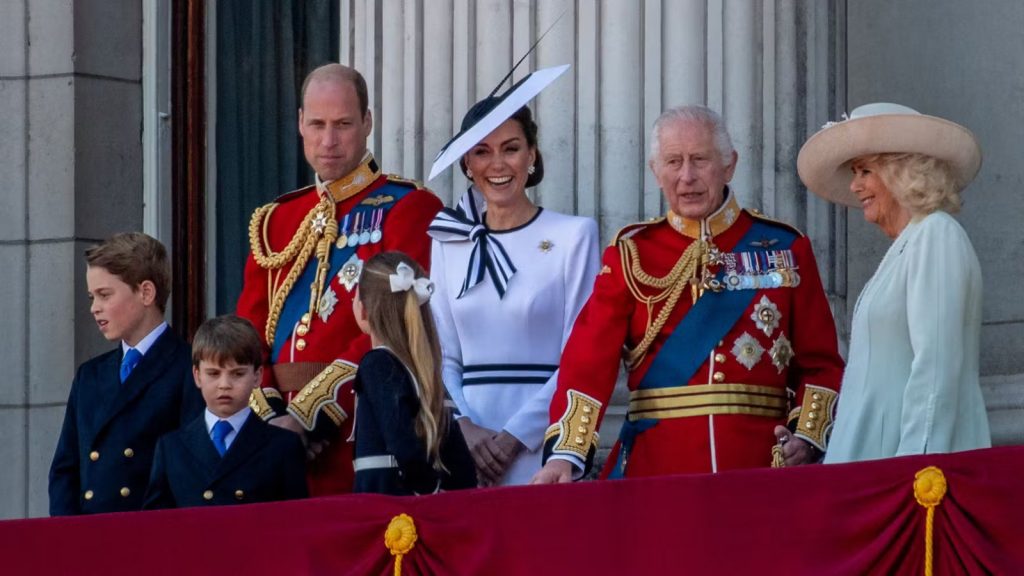
Even with fewer public events, King Charles embraced diplomatic duties from behind the scenes. He penned a personal letter inviting U.S. President Donald Trump for a state visit—credited with facilitating a crucial February 2025 meeting between Trump and Prime Minister Keir Starmer.
The King also hosted Ukrainian President Volodymyr Zelensky twice during pivotal wartime moments. In Canada, where Charles is head of state, his May 2025 visit was seen as a symbol of unity amid Trump’s controversial remarks suggesting Canada should become a U.S. state.
Royal officials argue that soft power, though harder to measure, remained intact during the king’s illness. Yet the overall decline in foreign visits and engagements has raised concerns about the monarchy’s long-term diplomatic influence.
Modernization at Buckingham Palace Moves Forward
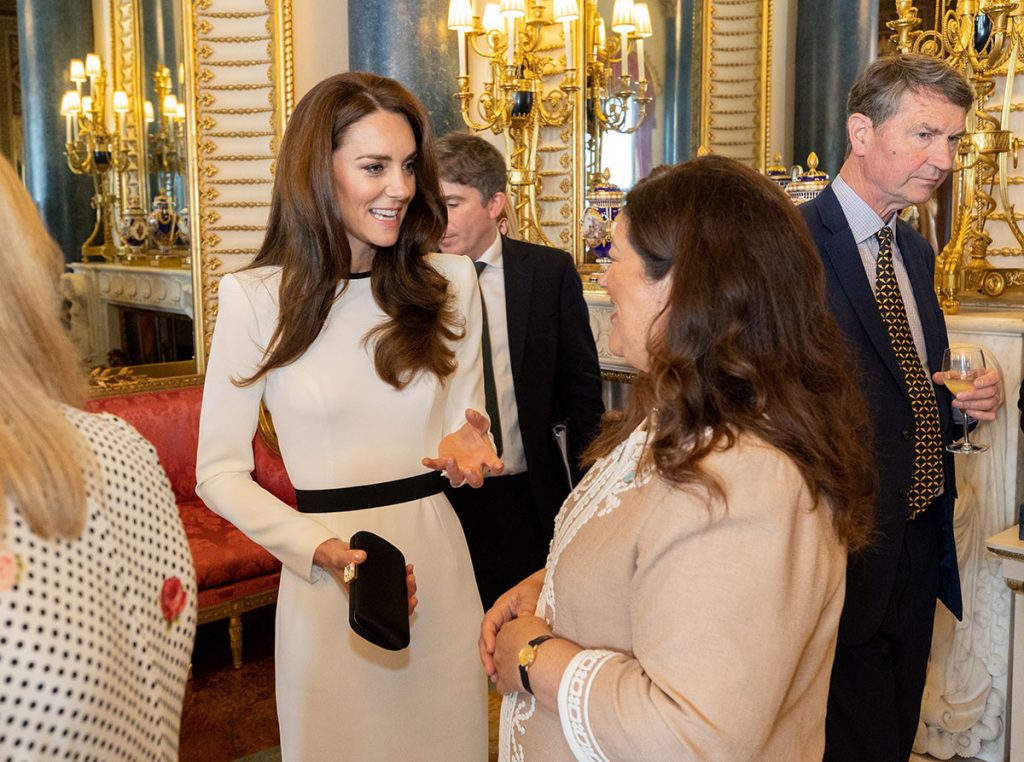
While personal health setbacks reshaped the monarchy’s public calendar, structural changes continued. The Sovereign Grant Report confirmed the royal family’s historic train will be decommissioned. The luxurious train, introduced in 1977 for Queen Elizabeth II, was four times more expensive than air travel and became harder to justify.
Meanwhile, modernization work at Buckingham Palace is progressing. The east wing refurbishment included the installation of nine miles of new electrical cabling and over 12 miles of piping. New lifts and accessible lavatories are also part of the upgrade. In total, 10,735 visitors helped generate over £21.5 million in revenue from palace tours.
Cancer Curtailed Royal Family Visibility but Outreach Continued
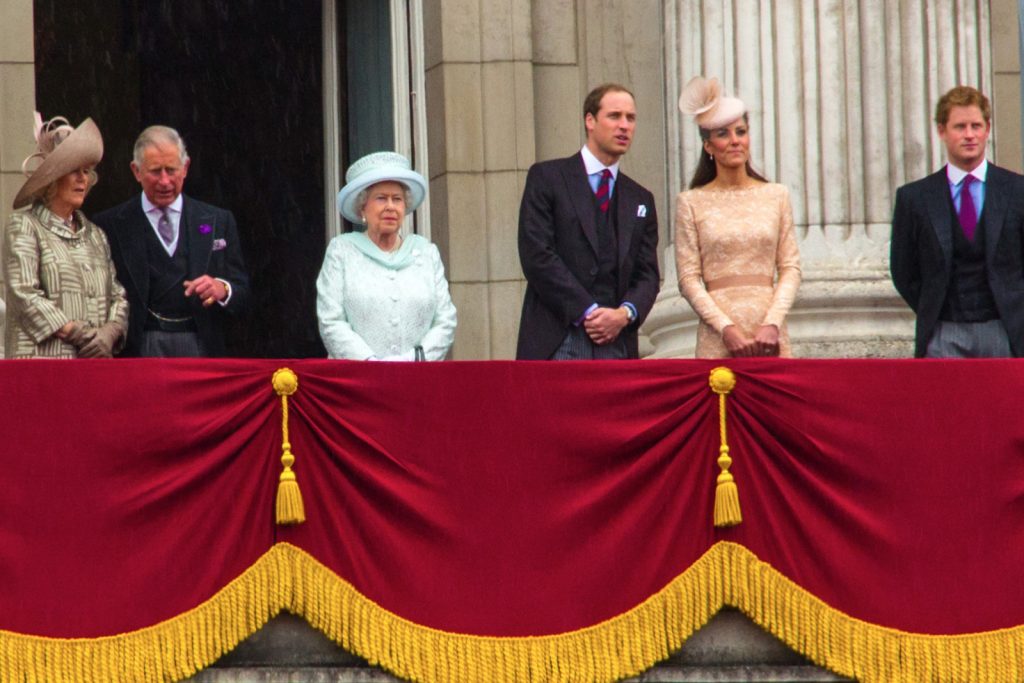
Despite setbacks, the royal family remained engaged with the public. A total of 93,000 guests attended more than 800 events at royal residences during the year. While cancer curtailed Royal Family visibility at large-scale events, behind-the-scenes efforts and symbolic diplomacy continued.
Officials stress that while illness limited in-person appearances, the monarchy’s institutional role and national presence have remained consistent and resilient.
You might also want to read: Liverpool Mourns Legend Diogo Jota Who Died at 28

